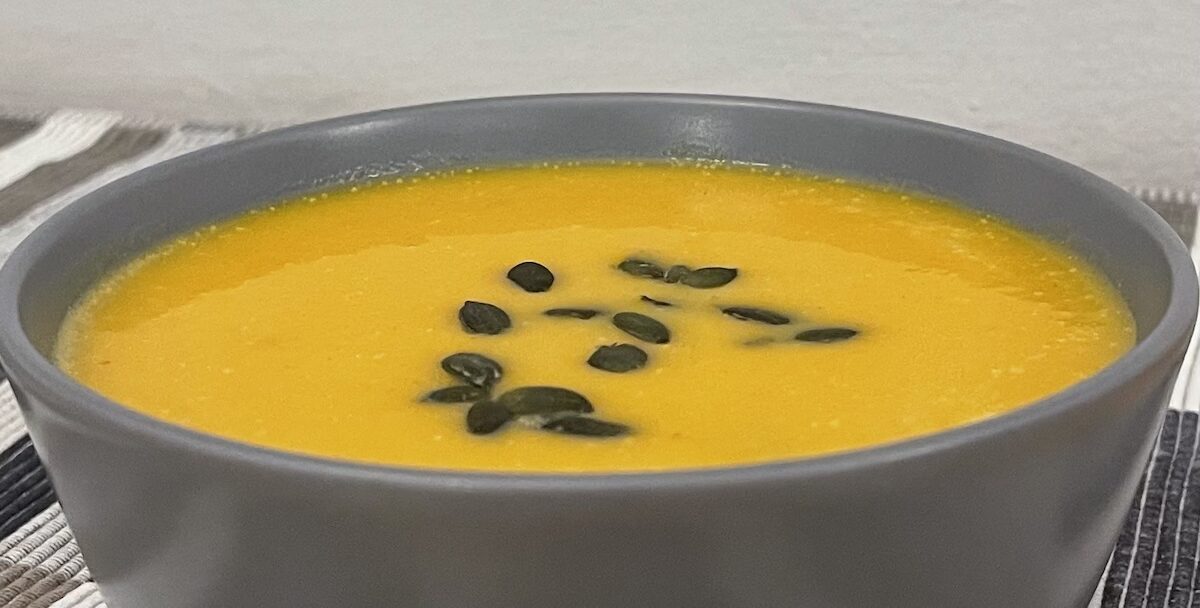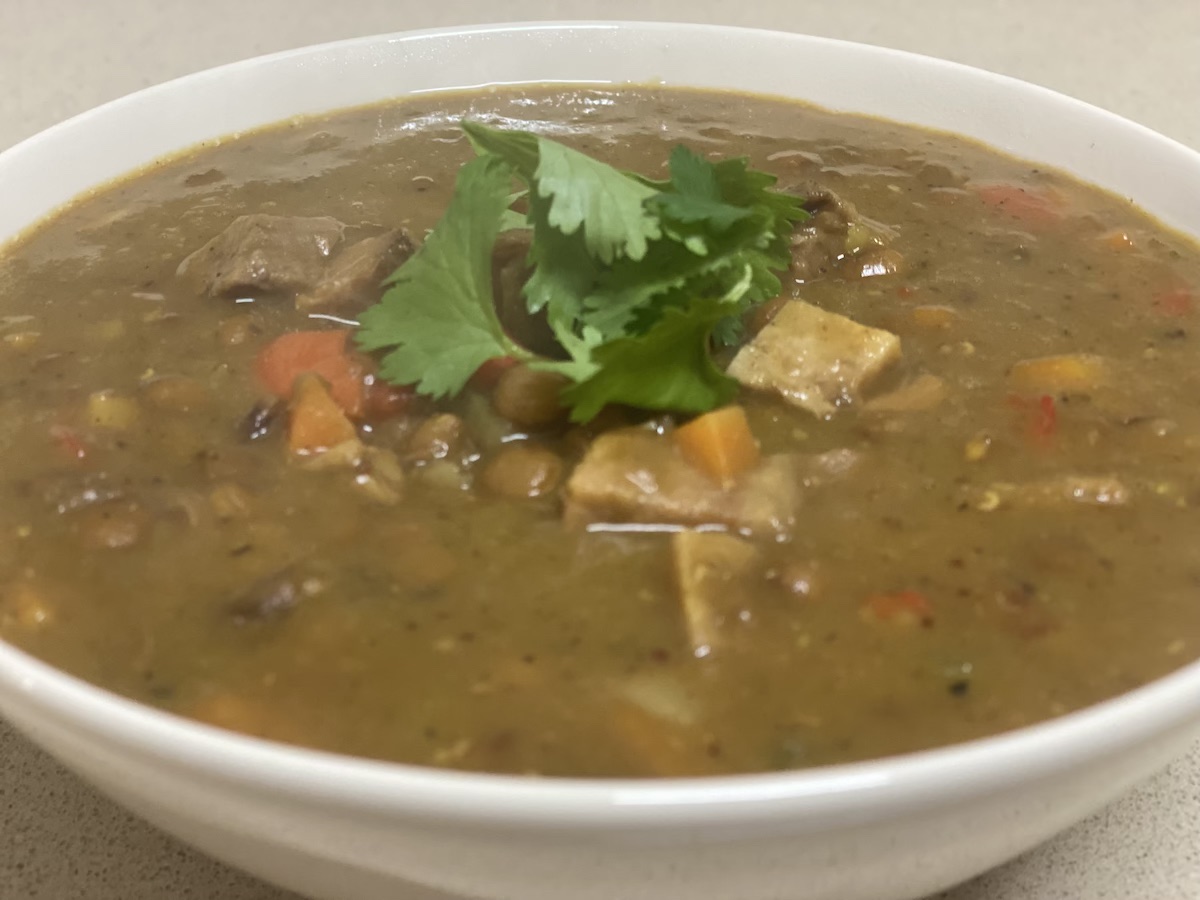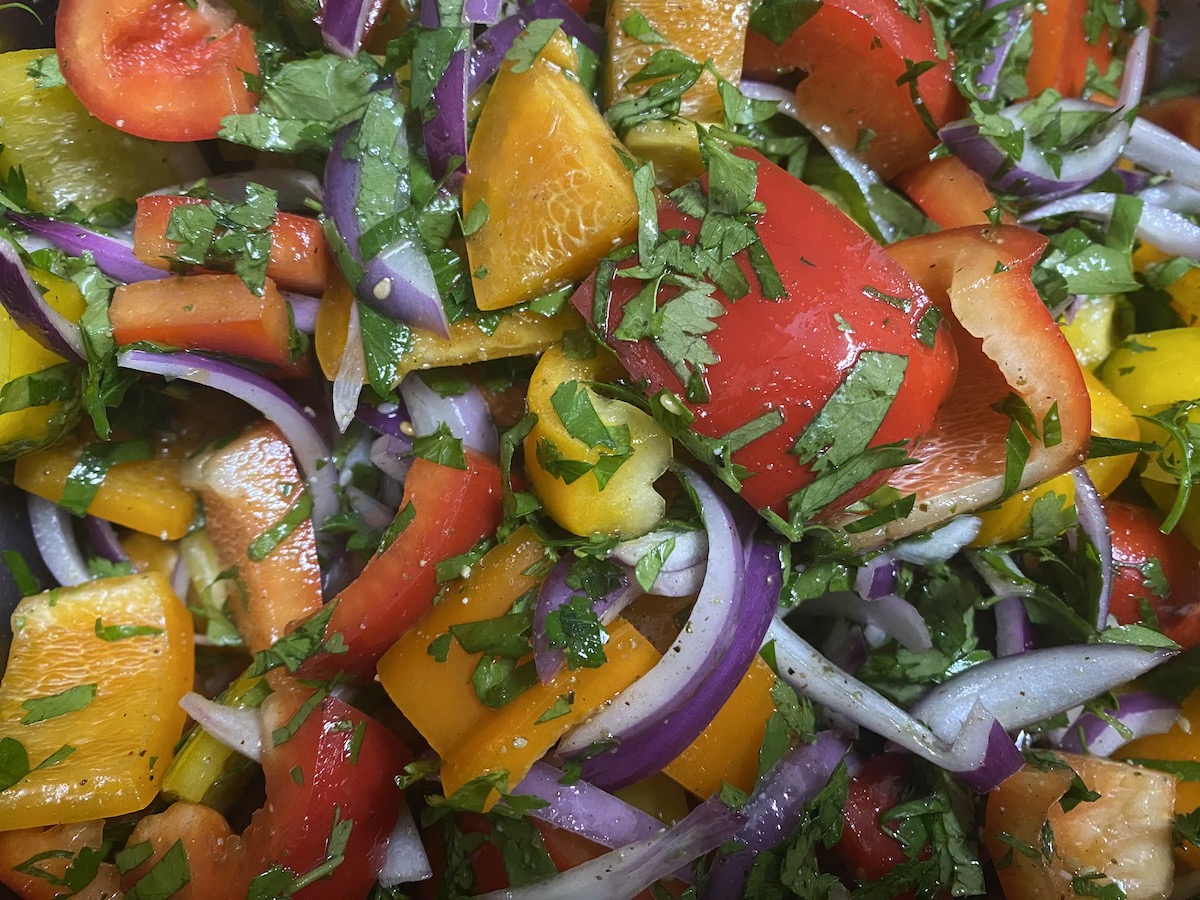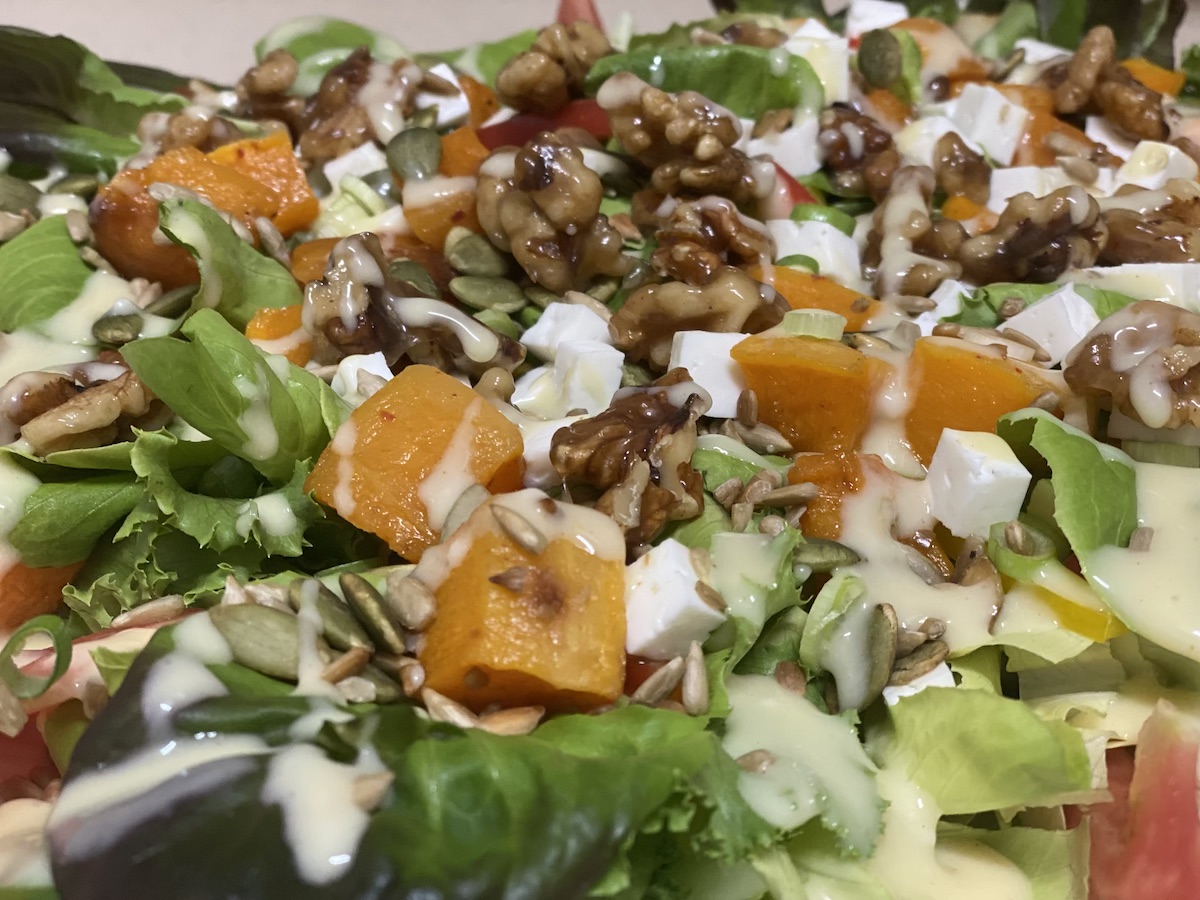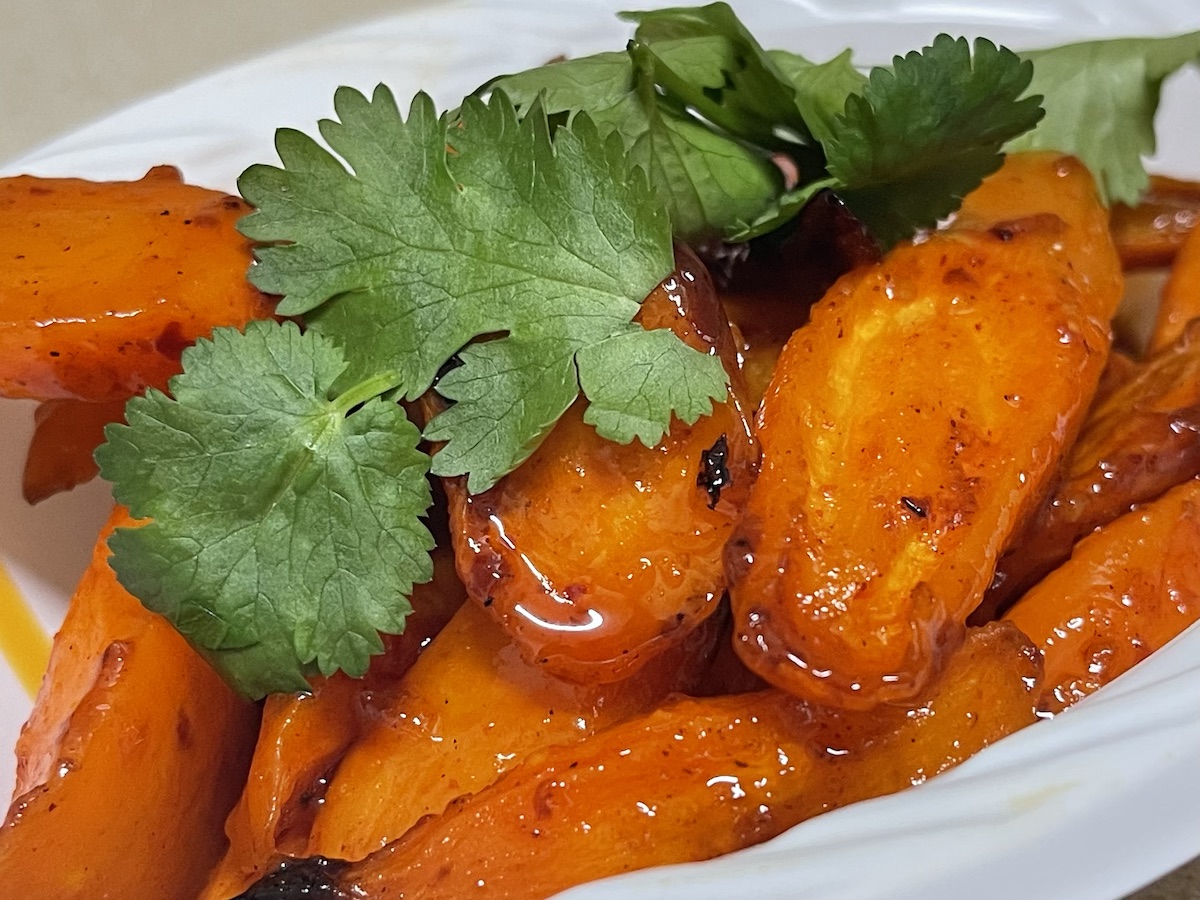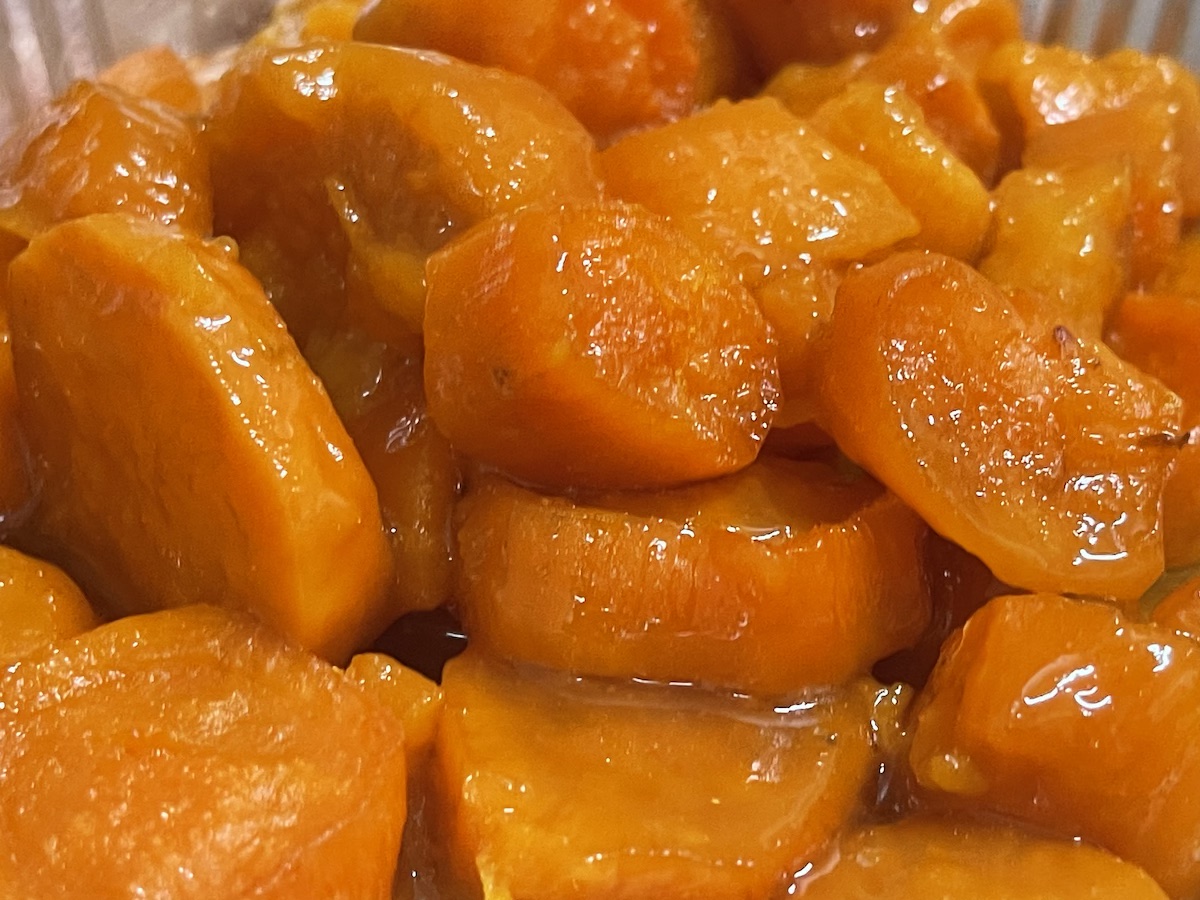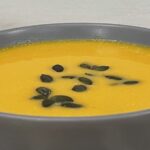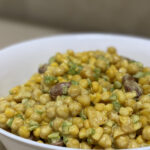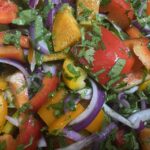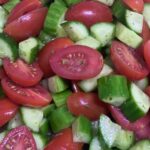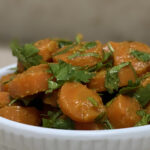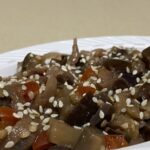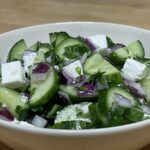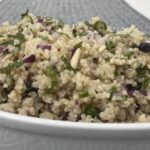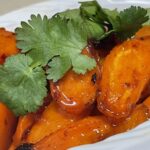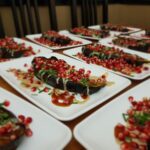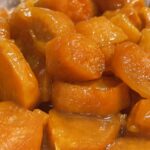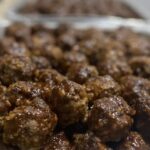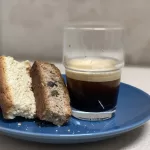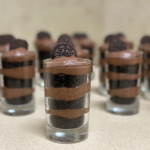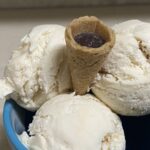This is not your normal recipe blog. Many of the guests at Beit Chai have asked us to release a recipe book, but I do not like recipe books nor do I follow a recipe to the letter (this of course often gets me in hot water with Jacques) especially when it comes to baking as he always says that baking is a science.
Well I was never big on science so I like to play around. This is why this is not the average baking and cooking site because we very seldom give exact measurements so you will have to shake off the expectations of preciseness and just enjoy exploring and discovering what you can create in the kitchen.
For us the kitchen is our ministry and also our playground. We love creating dishes that serve our guests and leaves them feeling like royalty, like they have had a few hours at the Father’s table and shared a meal with Him and fellow believers.
This is our hearts while cooking and baking and serving our meals. We pray that you will be able to take one of our suggested dishes and playfully make it your own as you cook and bake with us.
Then of course we want to acknowledge that nothing that we are able to carry through the doors of the kitchen of Beit Chai is because of our own skill, we are very much aware that the Father gives us grace to do what we do and for this we always honour Him.


